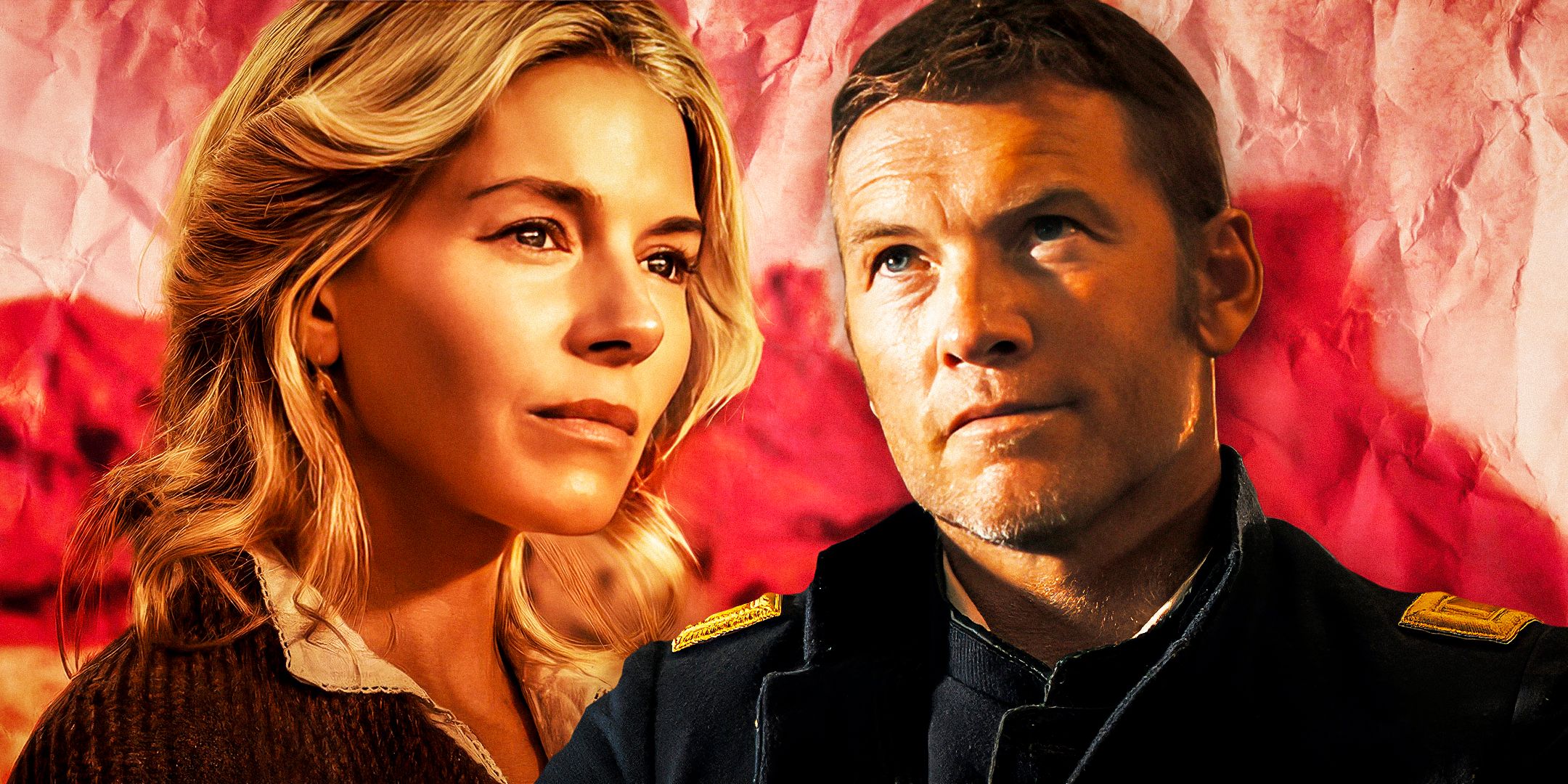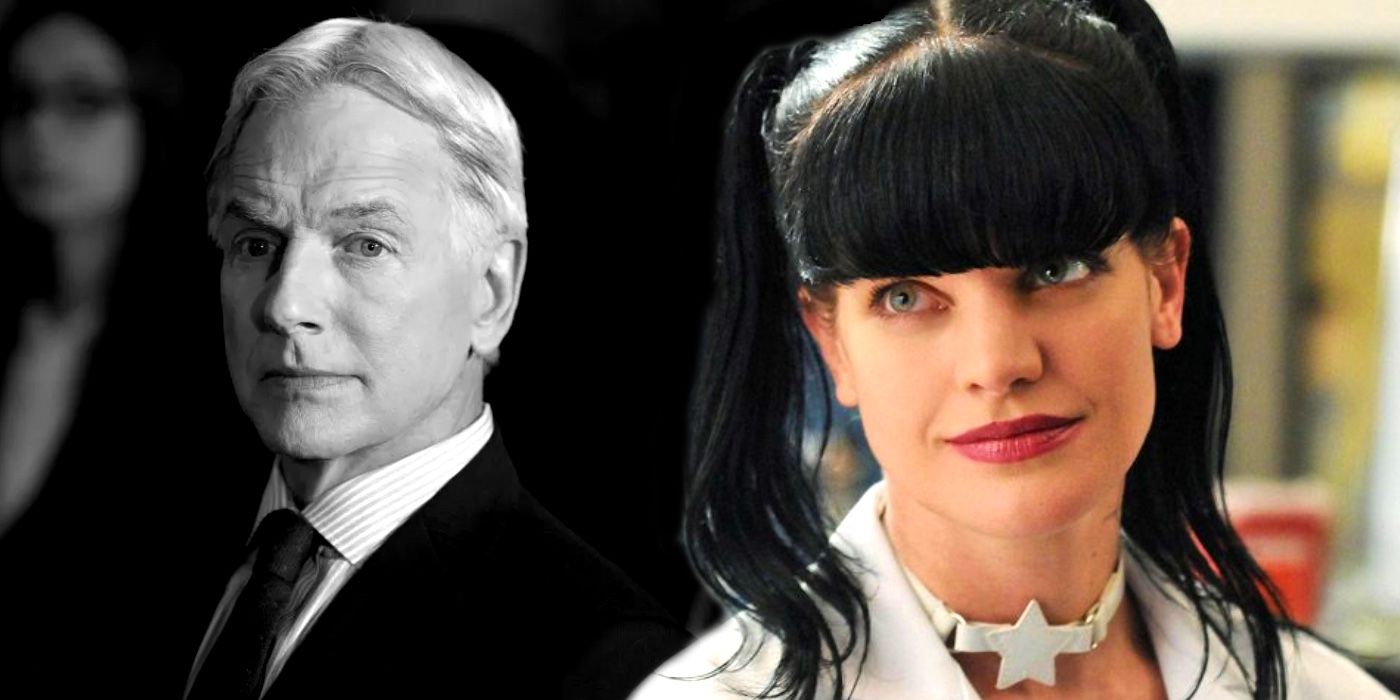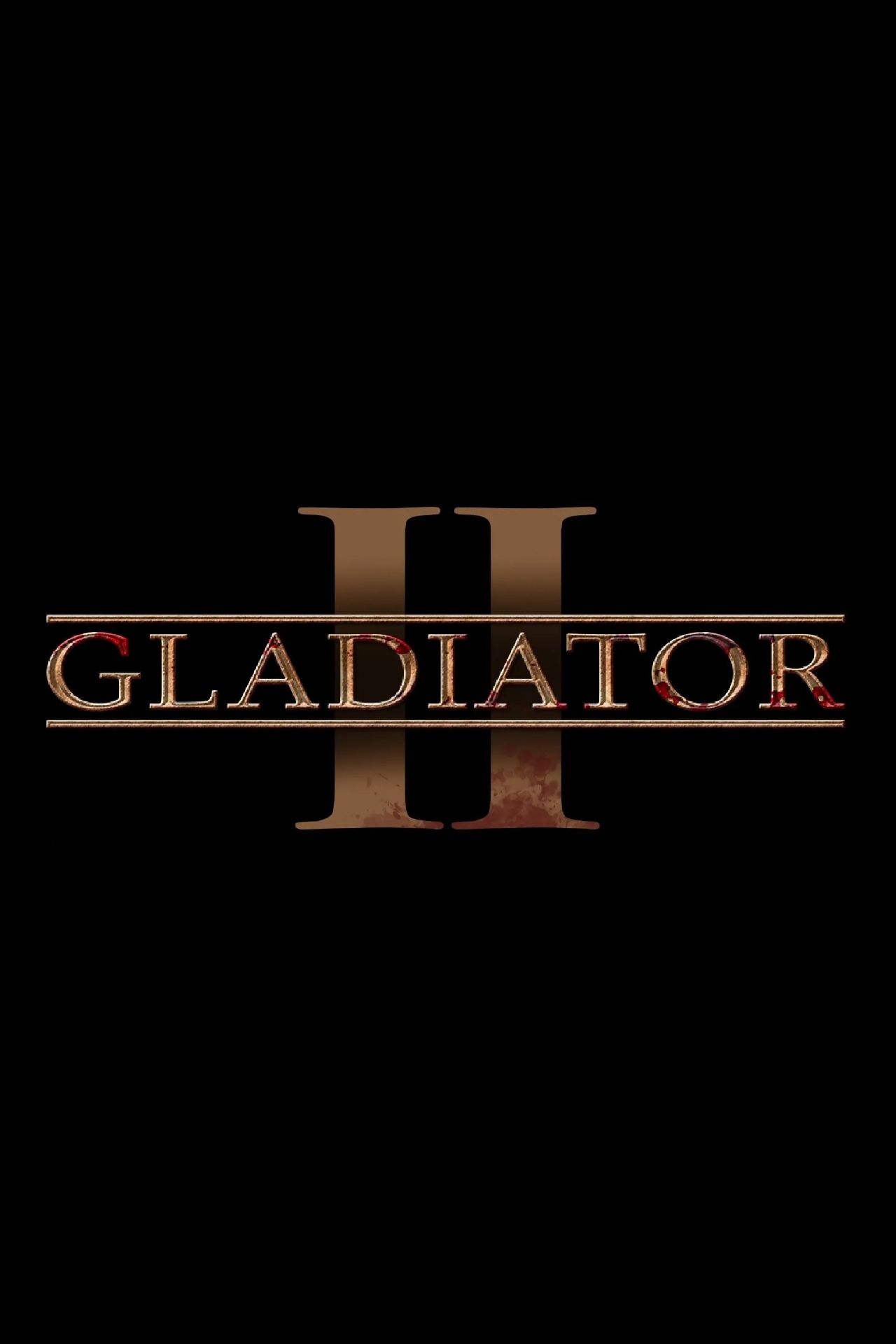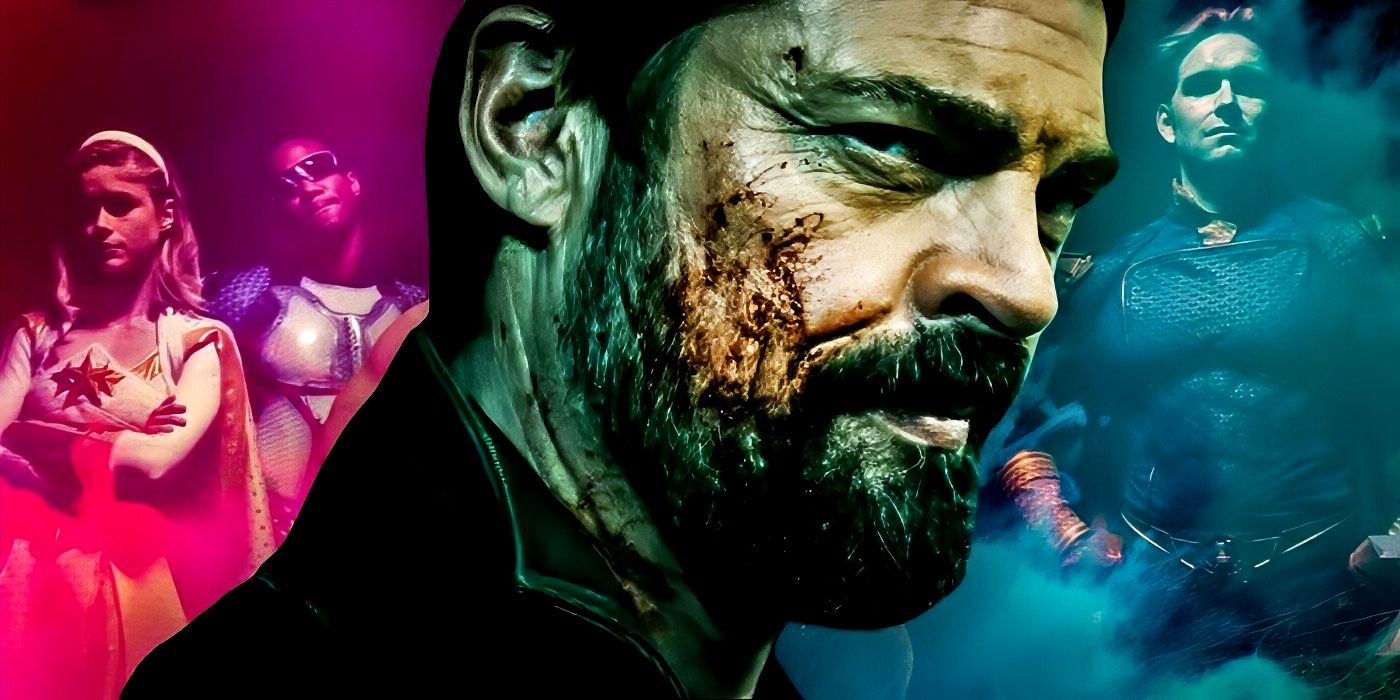Kaiju No. 8 has become the latest hit anime in the Shōnen Jump genre this spring. The series distinguishes itself in the genre with a protagonist of a relatively older age. This unique aspect has become one of its main selling points. However, the anime’s narrative also shows clear inspiration from Hajime Isayama’s hit series, Attack on Titan, which adds to its immense popularity. Both Attack on Titan and Kaiju No. 8 share a similar setting, featuring worlds overrun by giant, human-eating monsters.
The first similarity between these two aesthetically appealing series, besides the giants filling their stomachs with humans, lies in the powers granted to their protagonists. Both Eren Jaeger and Kafka Hibino undergo transformations into the very monsters they despise. However, they turn this curse into a blessing, using their monstrous abilities to fight against the monsters.
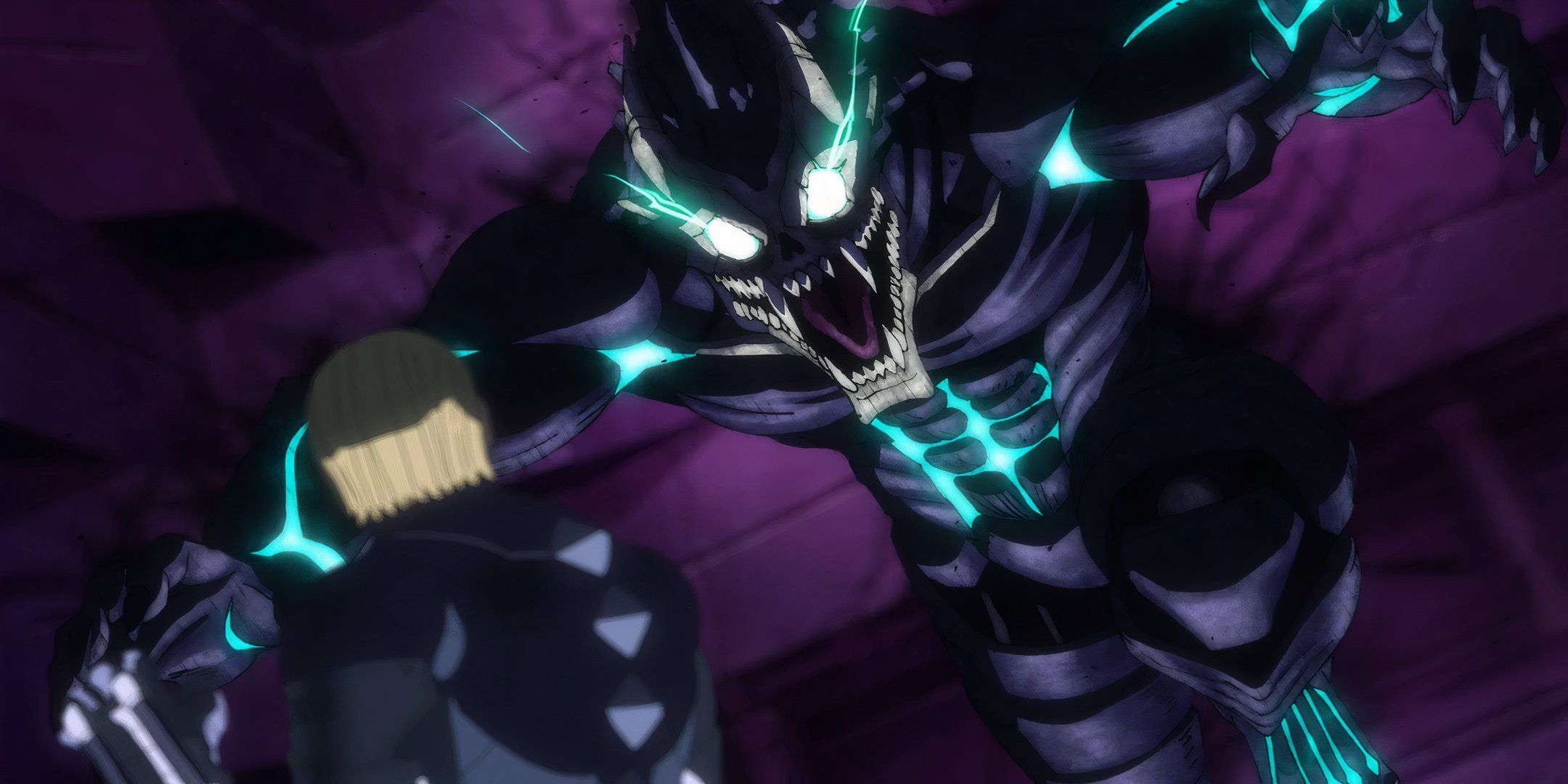
Becoming a monster comes with consequences that the protagonists eventually have to face. This is precisely what Kaiju No. 8 is depicting currently. Kafka is apprehended by the Defense Force after his secret is revealed and, while Kafka could have come out unscathed, the protagonist has lost control of his Kajju form, a scene reminiscent of Eren losing control over his Titan form in the most dire situations in earlier episodes. The overlapping of this trend proves Kaiju No. 8 may have taken inspiration from Attack On Titan.
Kafak Losing Control of His Kaiju Form May Be Inspired By Attack On Titan
The Parallel In This Sequence Hints That Kaiju No. 8’s Narrative Is Similar To Attack on Titan
Episode #11 of Kaiju No. 8 saw Kafka being confronted by Isao Shinomiya, who is intent on discovering whether Kafka is truly human. During this confrontation, Isao forces Kafka to transform into his Kaiju form fully. However, in doing so, Kafka loses control over his monstrous form, which begins acting instinctively and poses a threat to those around him. This narrative mirrors Eren losing control of his Titan form during the “Struggle for Trost” arc in Attack on Titan, where he has to help close the hole in the wall by placing a boulder.
These sequences in both series are critical as they not only endanger innocent lives but also put the protagonists’ fates on the line. Much like Eren, Kafka will need the assistance of his friends. In Kafka’s case, Kikoru will be key to helping him regain control over his Kaiju form, as he isn’t surrounded by other familiar faces. Gaining control over his monstrous form in an emotional setting will prove Kafka’s humanity, similar to how Eren does after regaining control and helping humanity oppose the Titans’ terror for the first time.
Is Kaiju No. 8 Destined For a Darker Direction Like Attack on Titan?
With Recent Similarities In Mind, Could Kafka & Eren End Up Having Similar Character Arcs?
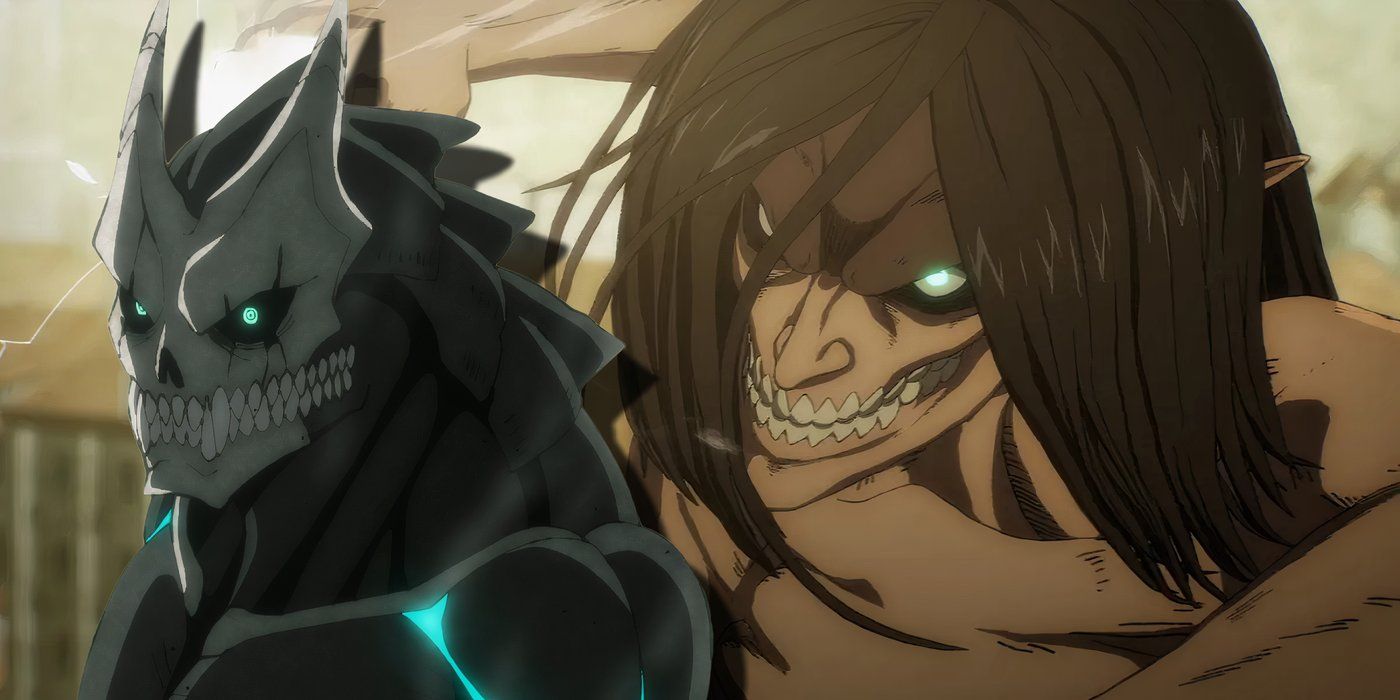
Kaiju No. 8‘s narrative will likely continue to parallel Attack on Titan’s storyline. The Defense Force might use Kafka’s Kaiju transformation to their advantage, just as the scouts did with Eren’s power. Although Kafka will seemingly become part of an experiment to uncover the secrets of the Kaiju, he will eventually be placed in battles against larger threats. These dire situations may also draw inspiration from Attack on Titan, building anticipation for Kafka’s transformation but potentially showing him struggling to transform, similar to Eren’s difficulties when he was supposed to confront Annie towards the end of the first season.
So far, Kafka has had no trouble with transforming but, inevitably, this notion might also be interpreted in Naoya Matumoto’s manga to make Kafka’s return to the battlefield or his need for transformation more impactful. Though Kaiju No. 8 is more lighthearted due to its comedic tone, this Shonen Jump anime has proven itself to be Attack On Titan‘s true successor with these narrative parallels, effectively filling the void left by that masterpiece.
